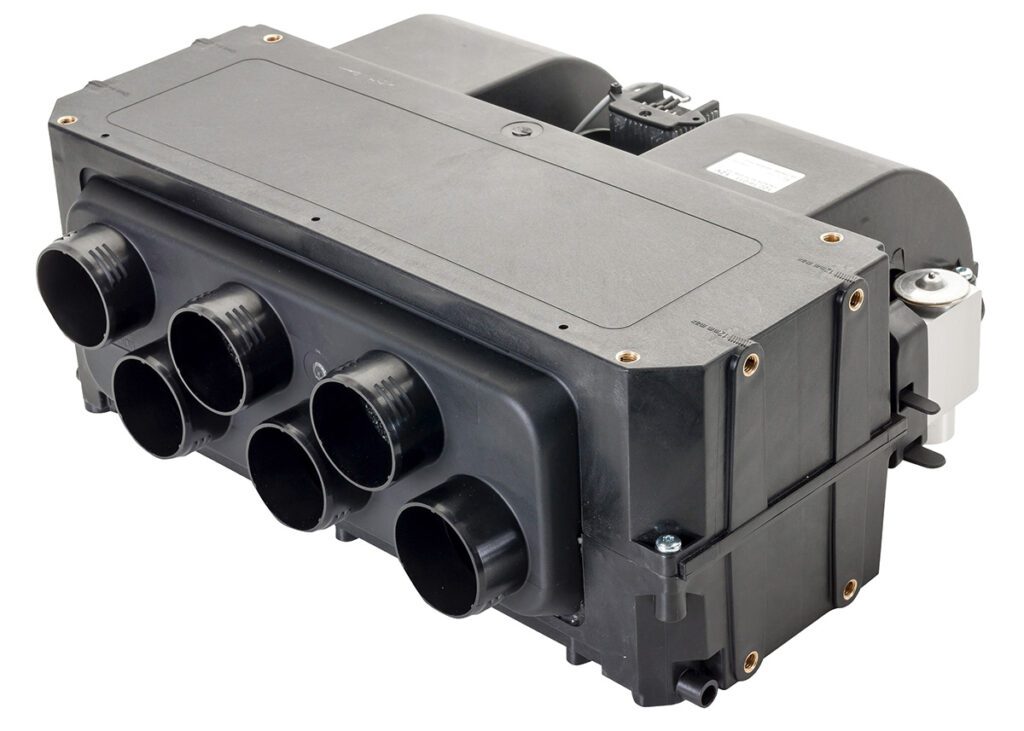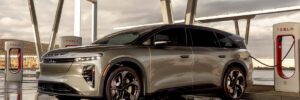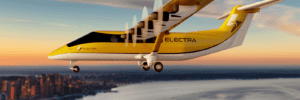Tesla’s full self-driving (FSD) system in China is being tested differently and creatively compared to North America in some scenarios.
One such test video has emerged on Elon Musk’s social media platform X (formerly Twitter). The 4-minute-long video of the Autopilot FSD drive on city streets shows a cup filled with water resting on the driver’s side door (window down). Interestingly, the water cup doesn’t stumble during the entire FSD session (FSD v13).
More interestingly, in this video, the Tesla FSD is not being tested in a straight line. The vehicle navigates city streets with medium and sharp left and right turns. Although the footage of this FSD China drive is time-lapsed, the vehicle’s speed is apparently still not slow. It’s cruising at normal speeds like other vehicles around it.
This is a fantastic display of smooth autonomous driving. Tesla FSD in China is sold under a more cautious name that can be translated to ‘City Autopilot’.
In this video, Tesla FSD is seen driving all by itself while navigating the streets of a Chinese city. The recording camera is mounted on the driver’s side B-pillar and shows the steering wheel rotating on its own as directed by the Autopilot system.
The video got so much traction on X that Tesla’s main official account reposted it, adding the caption ‘Maximum Smoothness’. No potholes during the entire drive also assisted in achieving this level of smoothness, the water cup never fell off the window.
This is a time-lapse video, which means the original driving duration is not only 4 minutes, but it’s much longer. The exact length of this drive is not available.
Above: Tesla owner tests FSD with a cup filled with water while the car runs on Autopilot.
In China, Tesla is restricted from recording Autopilot camera footage and sending it back to its US data center for neural net AI learning. The tech automaker relies on publicly available videos to train FSD in China.
Recent reports suggest that Chinese Tesla officials met with a team from Baidu to improve Autopilot FSD navigation using the company’s navigation and map data. Improvements will be observed as this data is integrated into the existing AI algorithm but a timeline isn’t yet available on this integration.
Just recently, a Tesla owner from China gave Autopilot FSD a challenge to drive on a narrow, unmarked road. Tesla FSD came clean in the test despite unusual oncoming traffic and the level of difficulty.
As I’ve mentioned above, Chinese Tesla owners are giving Tesla Autopilot some creative challenges to improve its learning.
===
Featured image: Aaron Li / X (Twitter) / Douyin 王船船.
Note: This article was published earlier on Tesla Oracle. Author: Iqtidar Ali.






